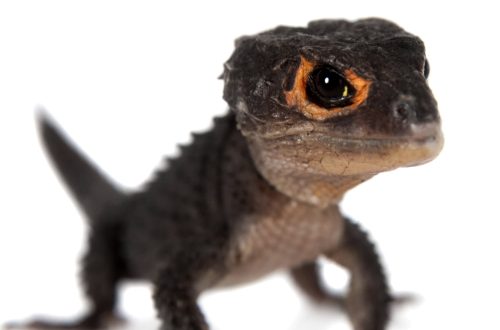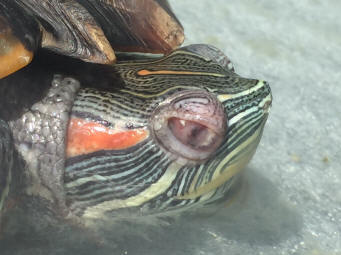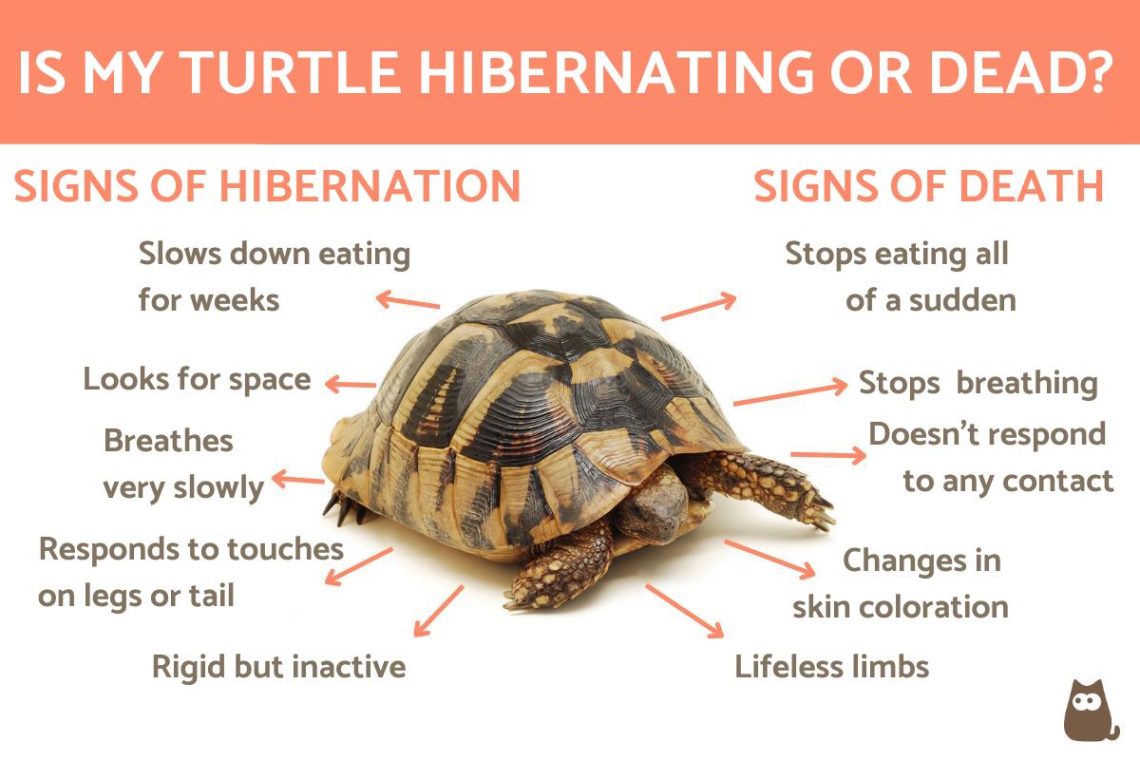
How to understand that the turtle is dead, signs and causes of death of red-eared and land turtles
Decorative reptiles live long enough in comfortable home conditions compared to other popular pets; with decent maintenance and feeding, the lifespan of land and aquatic turtles is about 20-30 years. But most often, the turtles do not even live to their maturity and may die due to a banal violation of the conditions of detention, infectious diseases, or a lack of vitamins and minerals.
Causes
Unfortunately, only 2% of turtles die from old age when kept at home. In older reptiles, the body gradually ages, as a result of which the domestic turtle dies from chronic systemic diseases. Much more often, the causes of death of exotic animals at home are:
- improper maintenance of the reptile;
- unbalanced diet;
- lack of vitamins and minerals;
- violation of the conditions of transportation or keeping in a pet store;
- congenital pathologies;
- overfeeding;
- infectious and non-communicable diseases;
- decreased immunity.
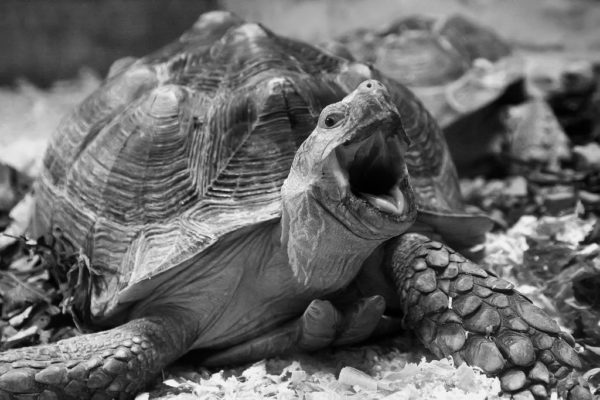
Congenital developmental disorders or decreased immunity are criteria of natural selection; animals with such developmental defects most often die in the first month of life. 40% of the causes of turtle deaths are due to violations of the conditions of feeding and keeping at home, 48% are due to negligent treatment of animals during transportation and storage in pet stores. Very often, people acquire an already sick, exhausted reptile that has no chance of survival.
How to understand that the turtle is dead
You can understand that the red-eared or Central Asian turtle is dying by changing the behavior of the reptile. Signs of deadly diseases of unusual pets are the following symptoms:
- lack of appetite;
- lethargy;
- immobility;
- lack of response to stimuli;
- the reluctance of an aquatic reptile to be in the water;
- shortness of breath, wheezing, whistles;
- coughing, sneezing;
- puffy closed eyes;
- swelling of the extremities;
- bleeding;
- delamination and deformation of the shell shields;
- hind limb failure;
- ulcers and weeping wounds on the skin and shell.
Older reptiles can die in their sleep without previous clinical symptoms of diseases; in this case, it is impossible to know in advance the possible date of death of a pet. It often happens that a recently active turtle suddenly stops showing signs of life. Wild reptiles hibernate in autumn and summer to survive unfavorable periods. This natural instinct is also preserved in pets, therefore, in order not to bury the animal alive, it is necessary to check if the turtle is alive.

To determine that the turtle is dead and not hibernating, you can use the following methods:
- Corneal reflex test. A living reptile, in response to a metal object touching the cornea of the eye, reflexively draws the organ of vision into the orbit or opens the eye. In the absence of a response, the death of the animal can be assumed.
- Definition of breath. If you carefully observe the nostrils of a sleeping reptile, you can notice their slight swaying. You can put a mirror near the reptile’s beak, it will definitely fog up from the moist exhaled air. Lack of breathing indicates the death of the animal.
- Position of limbs and head. Turtles sleep with their paws and head pulled into the shell, muscle tone can only exist in a living creature. If the limbs and neck hang down, the reptile is most likely dead.
- Retraction of the lower jaw. You can gently pull the lower jaw, which in a healthy animal should reflexively close when the hand is released. An open jaw indicates rigor mortis of the animal.
- Response to water in aquatic turtle species. When a freshwater or marine reptile is placed in water with a temperature of 30-31C, the animal begins to move its limbs. The absence of such a reaction most often indicates the death of a pet.
- Determination of the color of the oral mucosa. When opening the jaw, it is recommended to examine the pet’s oral cavity. In a living animal, the color of the mucous membrane is pink, in a corpse it is light gray.
- The appearance of a putrid odor. If after 2-3 days the smell of cadaveric decomposition emanates from an immobile animal, there is no longer any doubt about the death of the reptile.
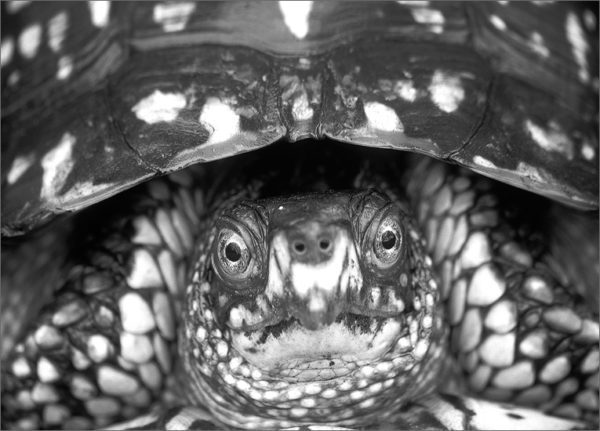
Before you get an exotic pet, it is recommended to carefully study the physiology, feeding and care of an unusual animal. Due to the physiological characteristics of reptiles, it can be difficult to determine the signs of the death of a pet, a sleeping pet looks like a dead turtle. In order to avoid irreparable consequences, if there is any doubt that the turtle has died, it is worth contacting a herpetologist.
What turtles die from, how to determine the death of a pet
4.4 (88.89%) 36 votes




